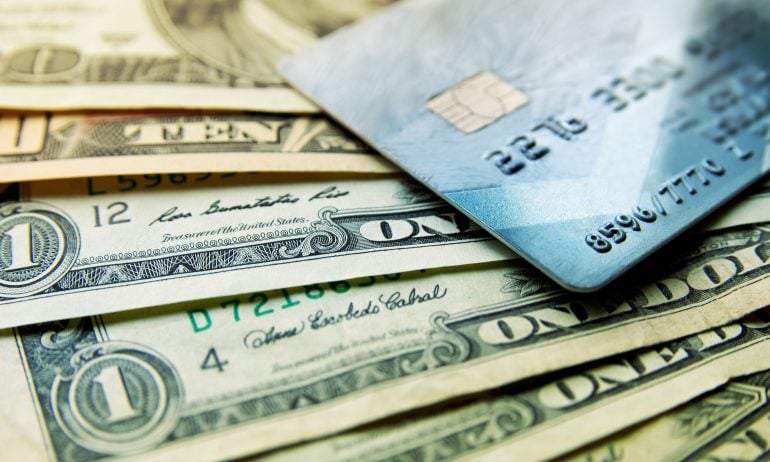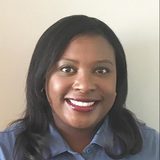I’m a Banking Nerd: 4 Rules I Follow Before Moving My Savings
Don’t chase perfection, but do try to seek out better savings options.

Many, or all, of the products featured on this page are from our advertising partners who compensate us when you take certain actions on our website or click to take an action on their website. However, this does not influence our evaluations. Our opinions are our own. Here is a list of our partners and here's how we make money.
I’ve researched savings accounts for more than a decade. I know that choosing the right account can mean the difference between earning an extra $1,000 or more at the end of the year, and earning next to nothing. (Been there, done that.)
But when it comes to my personal savings, I also don’t chase every new account that has a flashy 5% intro rate or that offers a $300 bank bonus. I do pay attention, though. And if there’s a better option, I’ll consider making a switch.
I have my own set of rules that I follow before fully committing. If you’re eyeing a better deal for your savings, consider them for yourself.
1. Don’t chase perfection, but get your money’s worth
Since I research savings accounts every day, I'm generally aware of the best offers available. And I'm okay if my account doesn't have the highest annual percentage yield, or APY, which is the rate of return on money in a bank account. I just make sure I'm doing much better than average.
According to the Federal Deposit Insurance Corp. (FDIC), the national average is only 0.40%. The best rates out there are around 4% — more than 10 times the national average.
For every $100 I save, I would earn roughly 40 cents a year in an average account, or close to $4 in a high-yield savings account. Do the math, and you’ll see how quickly that difference can add up. Use a compound interest calculator and let it take you through filling out all of the fields, based on how much money you plan to sock away. You’ll see how much more money a high-yield account could give you.
I only consider accounts with a long track record of competitive rates, not just promotional offers that will expire, or that cap the rate at a certain balance. My current savings account pays me close to the best rate available for my entire balance, and I'm happy.
But if the rate drops, I’m prepared to move to my second rule.
2. Check current events
Rate changes don't happen in a vacuum. The Federal Reserve recently lowered the federal funds rate. With the economy showing signs of strain (the unemployment rate rose to 4.3% in September 2025, according to the Bureau of Labor Statistics), more interest rate cuts are likely. When the Fed lowers the federal funds rate, banks often do the same on their savings accounts.
One benefit of watching savings accounts practically every day is that I’ve seen for myself that the best savings accounts tend to outperform their competitors whether rates are going up or going down. Since I have a high-yield account, I’ll still probably get one of the best rates available, even if APYs drop across the board.
But no one should ever stop shopping around. If I weren’t already looking at APYs nearly every day, I’d set a rule for myself to check out other savings rates at least once a month or so.
3. Avoid monthly fees
If a savings account charges a monthly fee, it’s an easy pass for me.
That's not to say an account is automatically off my list if there is a monthly fee. There just need to be ways to avoid it, whether that's keeping a minimum balance, having automatic deposits, or some other easy means.
Besides having no fees, I prefer institutions with easy-to-reach customer service and well-designed websites and mobile apps. So if a savings account has these other features, and I’m reasonably sure I can avoid any fee, I’ll consider it. At the same time, I keep in mind that there are a lot of great fee-free options.
4. Test drive before committing
If I find a savings account that’s just too good to pass up, I’ll make the switch. But I also treat it like a trial. I'll move some money over and live with the new bank for a short period before fully committing.
It takes time to get to know the new bank, interact with customer service and experience its mobile app. So I’ll keep my old, fee-free savings account open. There's no rule that says you have to close your old account immediately. You can have multiple savings accounts. I like having the flexibility, if necessary, to easily move my funds back to the original account and close the new one if I’m not satisfied (though that has never happened).
These are my four simple rules. If you’re looking for a better savings account, feel free to copy them. Check out your options, and if you find a contender, give it a test drive. You don’t have to make a full switch until you're confident it's the right move. But if you do, you may find that your money could be earning you way more than before.








